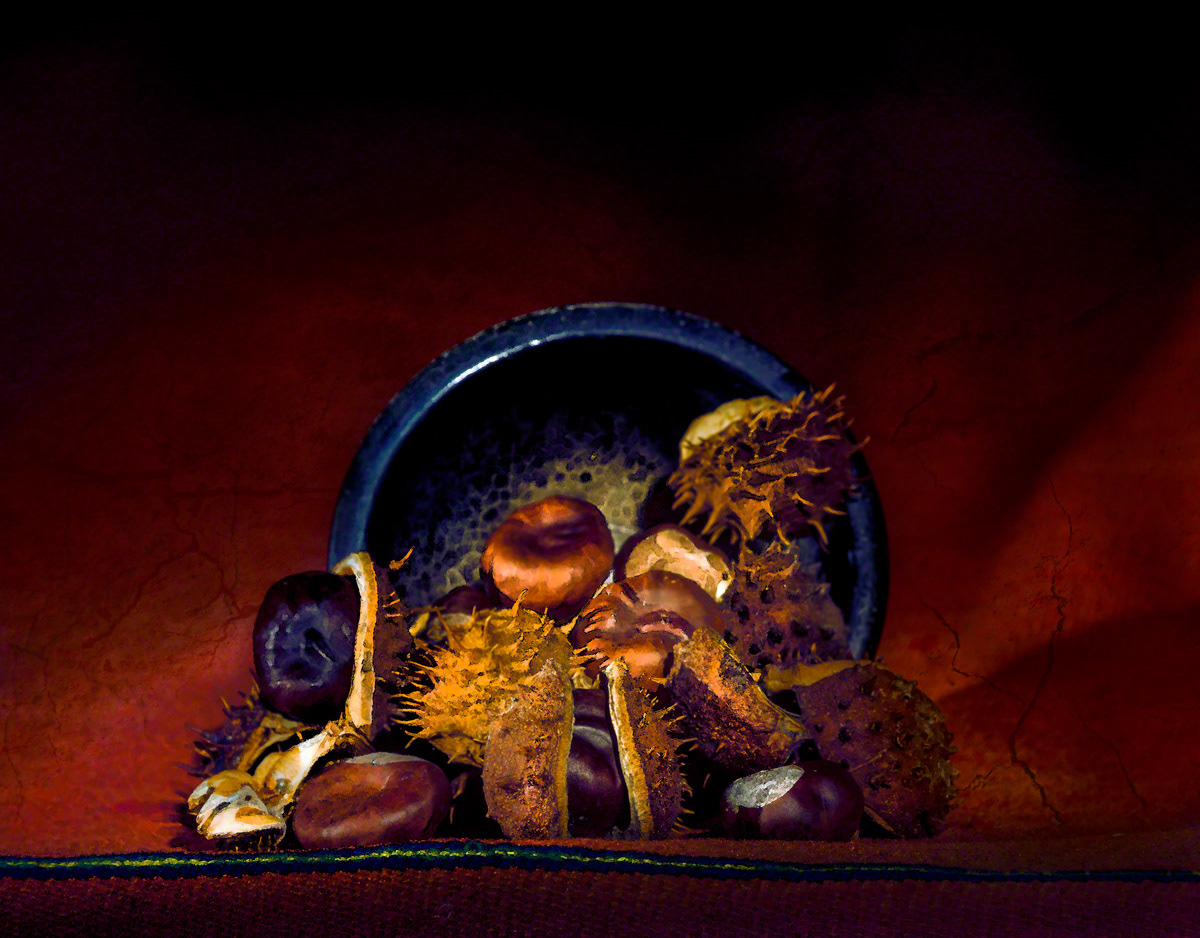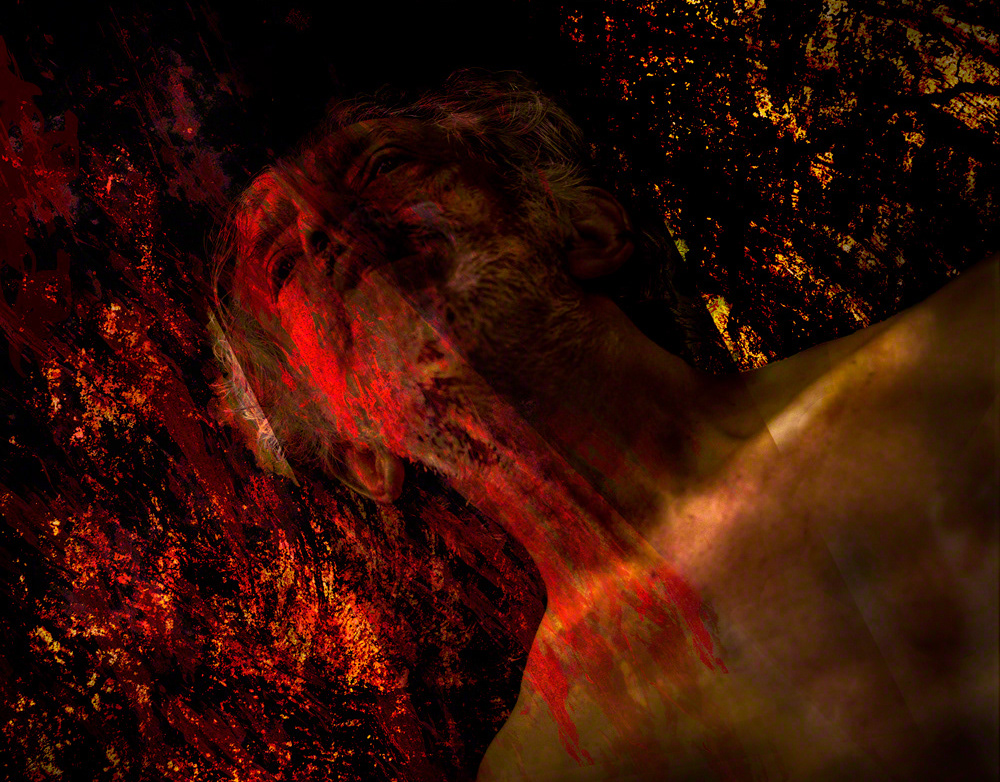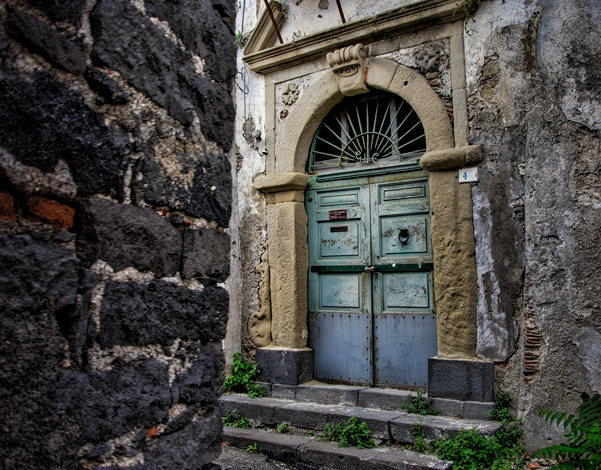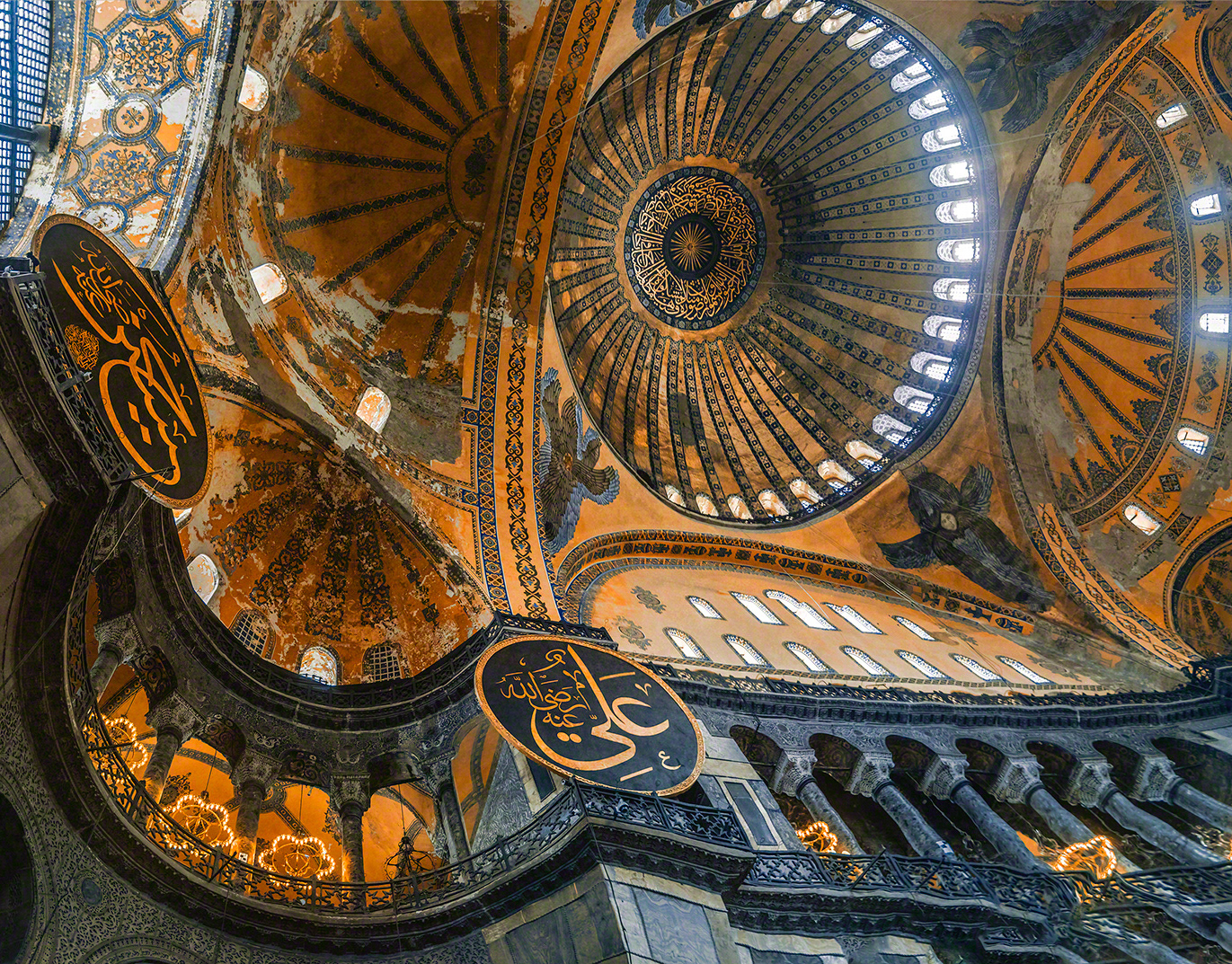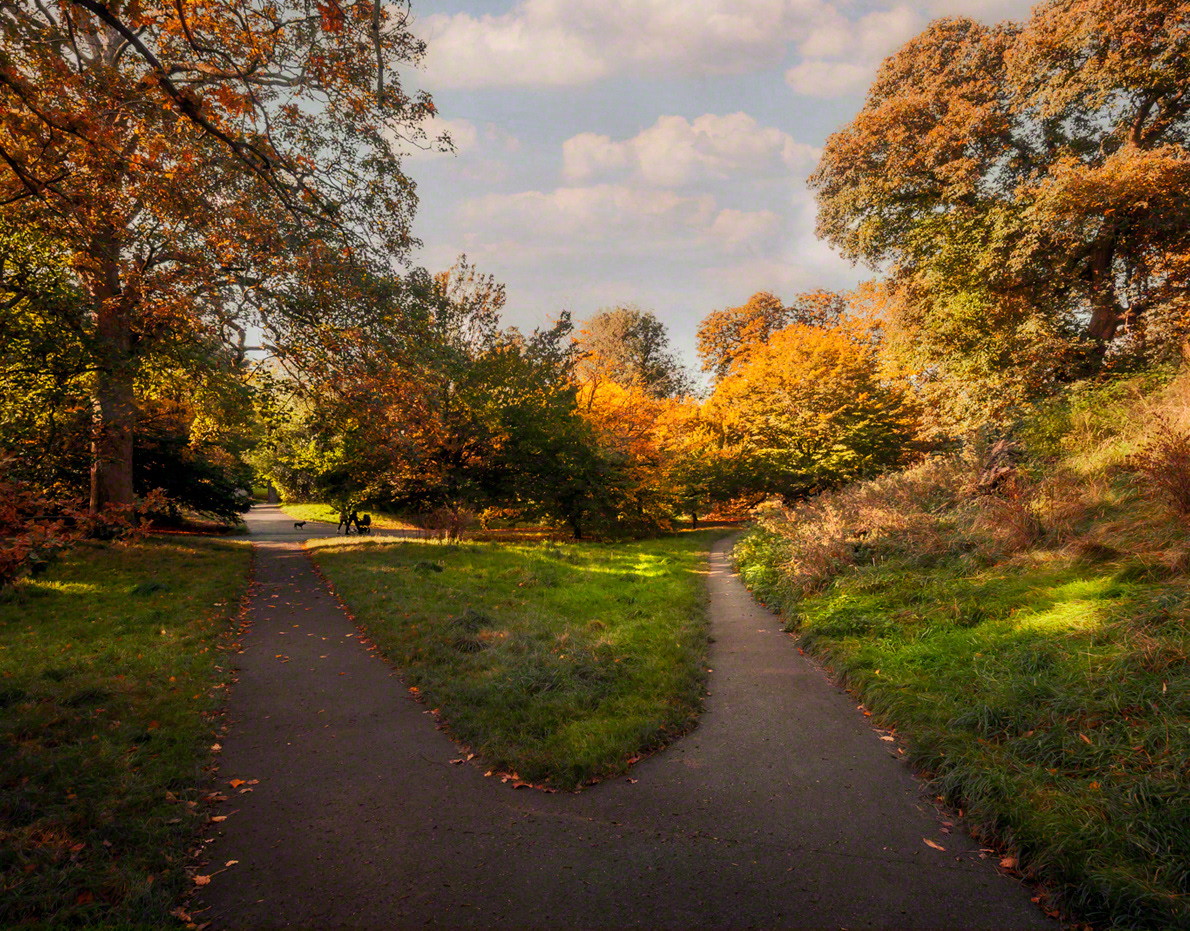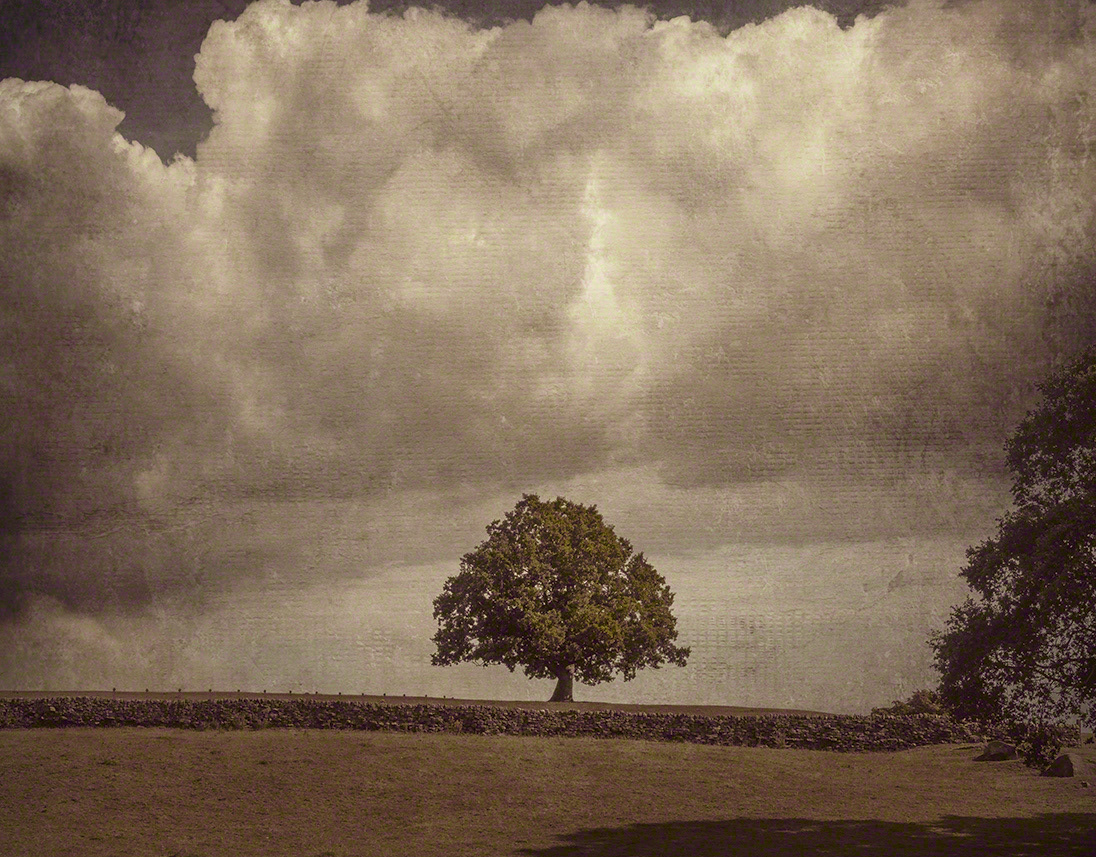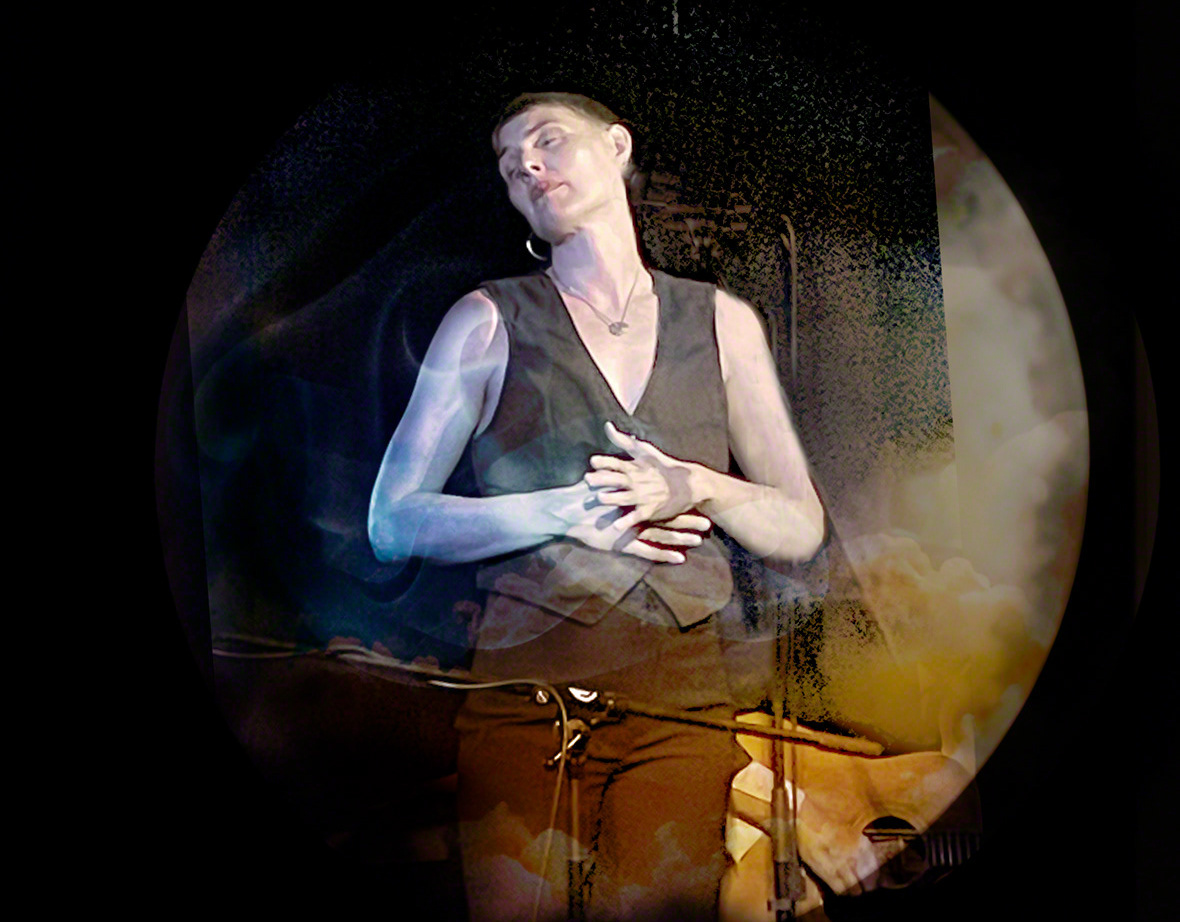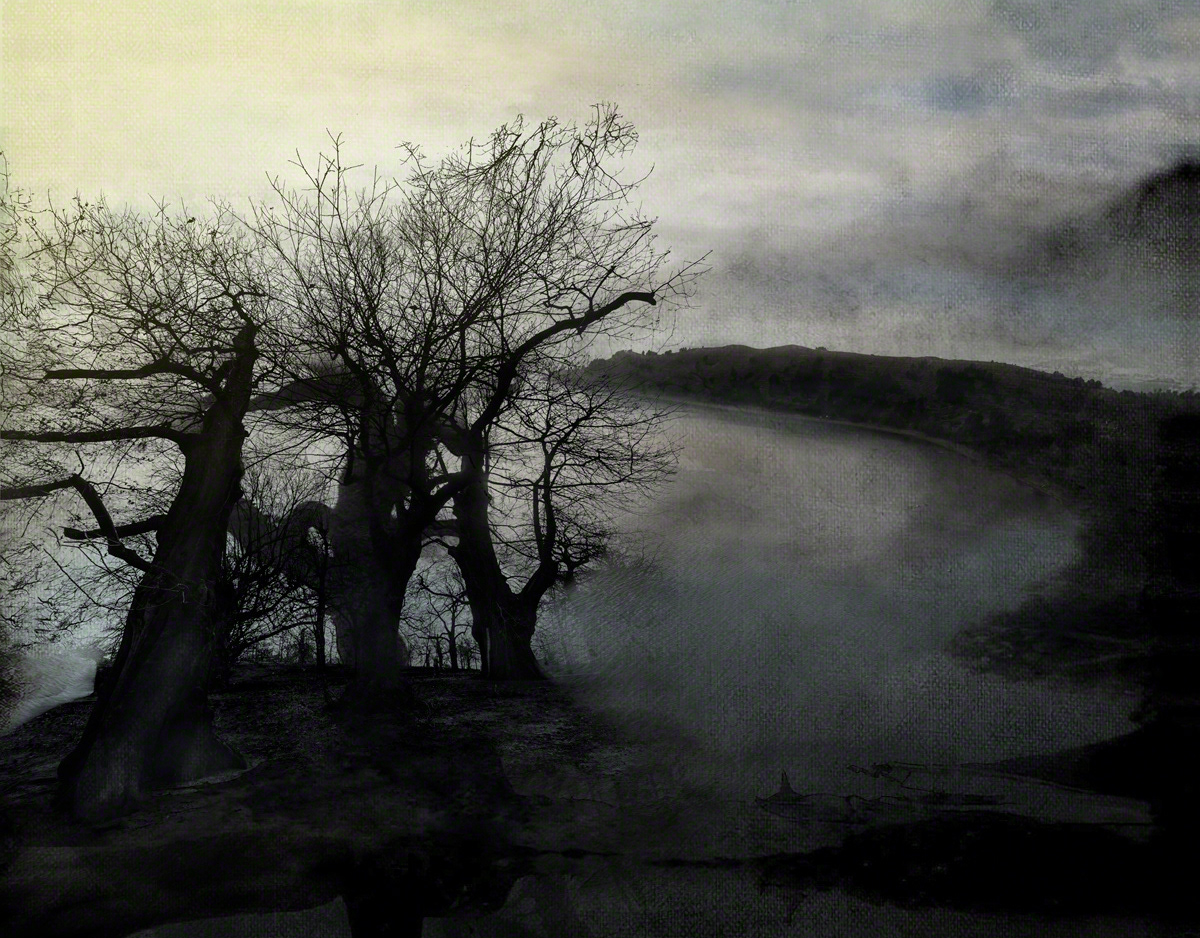"...yet more dark and darkening still where it ran on to the east and where there was no sun and there was no dawn and when he looked again toward the north the light was drawing away faster and that noon which he'd woke was now become an alien dusk and now an alien dark and the birds that flew had lighted and all had hushed once again in the bracken by the road."
Cormac McCarthy. The Crossing
Added to Imagination IX
Do join me on Instagram


